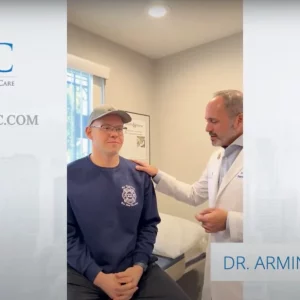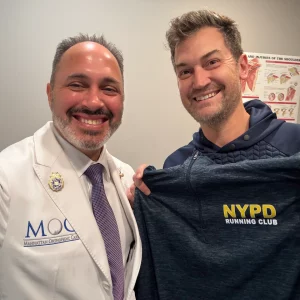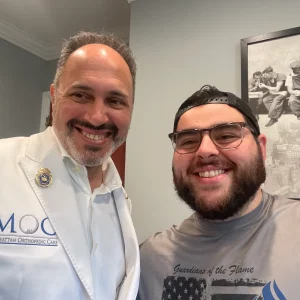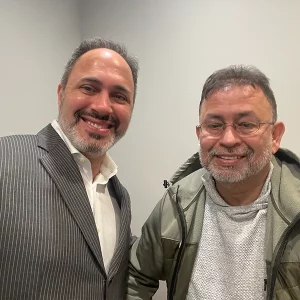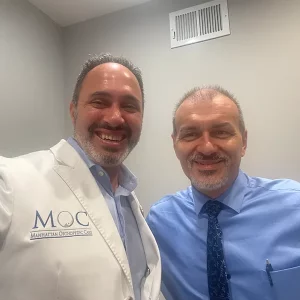Children, Young Adults and Sport Injuries
Children and teens love high-level contact sports. They love cycling too. And they should enjoy it. Sports are healthy and fun activities that help them learn about teamwork, as well as grow and build their bodies properly. But, if we know the facts, we also know that sports sometimes have a dark side. Minor children’s sports injuries like scraped and skinned knees and elbows are not an issue here. But broken legs, injured ligaments, and concussions are certainly far more serious.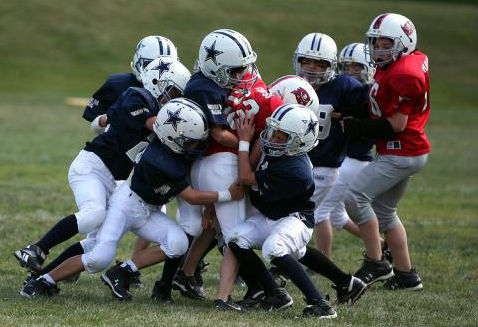
(Image courtesy of familytreemd.org)
Joe Nocera’s opinion in his column about “The Cost of Football Glory” raised the issue that professional football, and all other sports activity, may be a bit aggressive, and that could affect the athlete’s whole life, not just his career. This same aggression and often ambition, which leads to serious sports injuries can affect everyone, not just professional athletes.Dr. Tehrany mentions, “I saw a patient in the office just yesterday with his 3rd concussion… He is now a 25 year-old adult that just moved to Manhattan for work. He still felt momentary nausea 2 weeks after his latest concussion and was very scared.”Along these same lines, more than 3.5 million children at the age of 14 and under receive medical treatment for children’s sports injuries each year, according to the statistics by Safe Kids USA. Furthermore, children ages 5 to 14 account for nearly 40 percent of all sports-related injuries treated in hospital emergency departments, and the rate and severity of sports injury increases with a child’s age. Dr. Tehrany recommends preventative measures such as proper protection, training, and knowledge be applied to everyone interested in sports as young as possible. In another recent study from October 2011, the researchers at the Children’s Hospital of Philadelphia have discovered that in the past decade there has been a 400 percent increase in children’s sports-related knee injuries. In their study “Knee Injuries on the Rise in Child and Adolescent Athletes“, researchers reviewed the billing records of patients under age 18 treated for tibial spine fractures, anterior cruciate ligament (ACL) and meniscal tears, at the children hospital from 1999 through 2011. Over that period, ACL tears increased by 11.35 injuries per year, meniscus tears increased by 13.95 injuries per year, and tibinal spine fractures jumped by 1.07 injuries per year. Children don’t know that kid’s sports injuries may have serious lasting consequences in their lives. But parents, pediatricians, child safety advocacy groups, schools, and coaches must be aware of the risks. For example, children are more susceptible to injuries than adults because they are less coordinated and have slower reaction times. That’s why there should be no excuses for pushing kids to their limits just to achieve some minor glory that the coach, parent or the school have dreamt of. Children should be safe, cared for and treated properly when doing various sports activity. They should grow up to be professional athletes, not end their sports activity by the age of 15 because of an injury.
“Most organized sport injuries (62 percent) occur during practices rather than games. A national survey revealed that approximately 27 percent of parents often do not take the same safety precautions during their child’s practice as they would for a game,” Safe Kids USA’s statistics show.A rising problem in children’s sports injuries and safety is getting a concussion or another head related injury. If we look at the statistics for the top five sports associated with head injuries among children ages 14 and under, we can see that most injuries, 40.272 to be exact, occur when cycling. Football is the second high-risk sport among children with 21,878 injuries, baseball and softball with 18,246 injuries, basketball with 14,952 injuries and skateboards/scooters with 14,783 injuries. The problem here is that kids are too young to understand if they have minor concussion, or maybe scared to talk about it, and they can describe it like a minor headache or confusion, even though it is something more serious. In the event of kid’s sports injury, parents and the school staff should take the children to a doctor right away. Every swelling or limping is a sign of an injury. Often, young ones are scared and not sure of what has happened to them. Other children, like teens, may think that the injury will go away, as it has been before with scraped knees. However, make sure not to wait until that minor injury becomes a serious one. Most children’s sport injuries can be prevented of course, either by wearing helmet when cycling, or by having a safety-aware coach trained in first-aid. Parents should also know the risks and take precautionary measures during sport practices and games. Children should have proper equipment, such as protective cups and padding, and their bikes should be checked regularly if they have secure brakes and tires. Educating kids is also an important safety measure. Teaching them to always warm-up before practice, or learning bike safety, such as rules of the road, is a good start. Lastly, another thing that parents should do is to consult with a doctor, preferably sport specialist, to learn about the limits of the child’s body and it’s medical condition.















